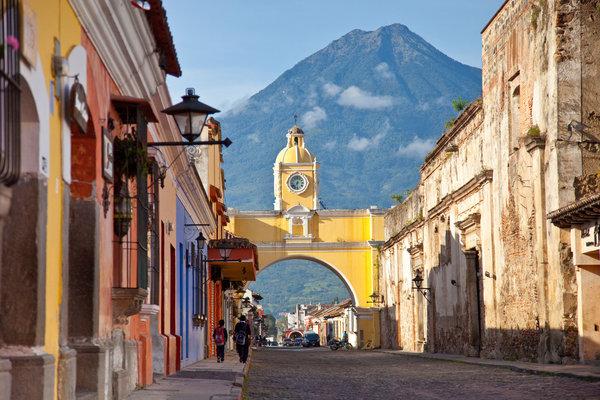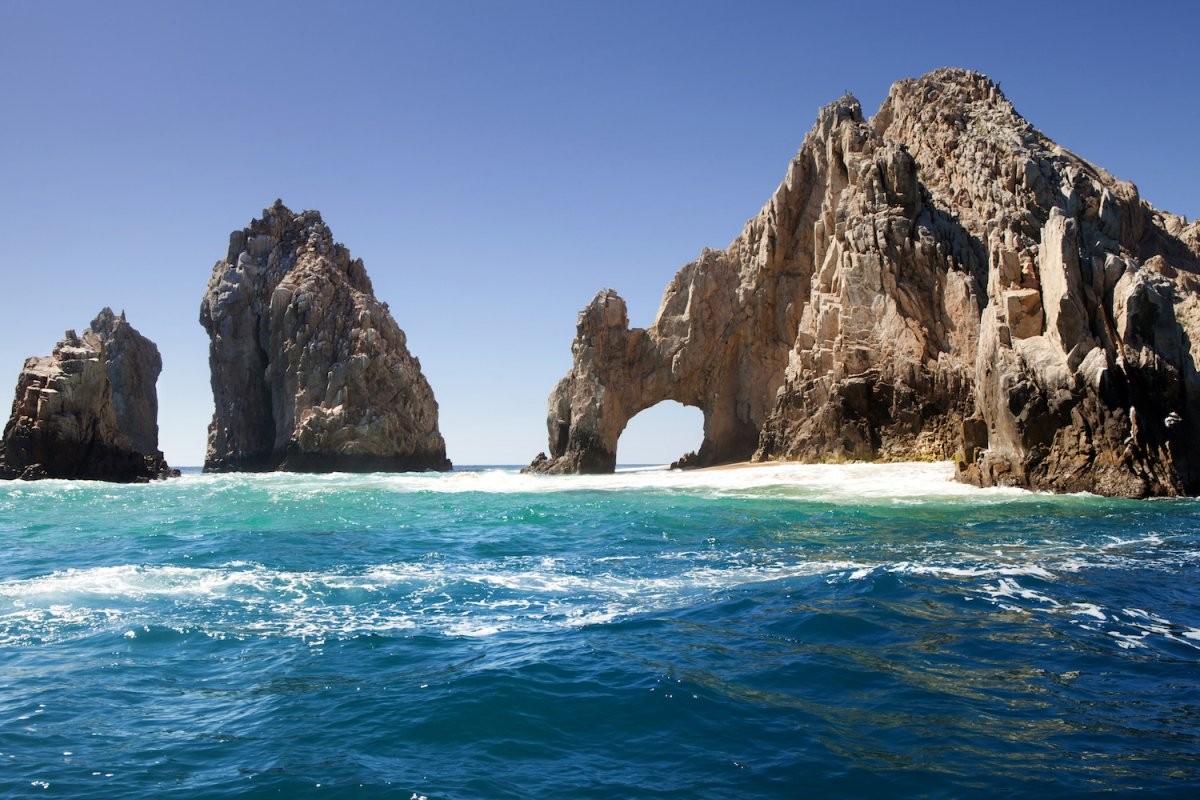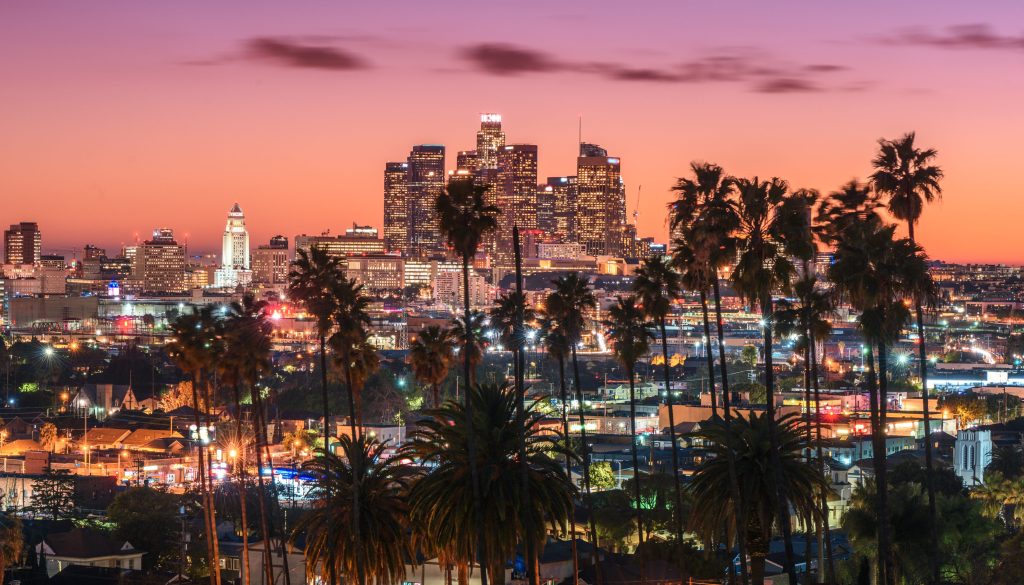

| Cruise Region : South America / Antarctica |
| Company Category : Luxury |
| Company name : Regent Seven Seas Cruises |
| Ship name : Seven Seas Explorer |
| Journey Start Date : Sun 17 Feb 2019 |
| Journey End Date : Sat 09 Mar 2019 |
| Port start : Santiago / Chile |
| Port end : Los Angeles / USA |
| Count Nights : 20 nights |
| Day | Port | Date | Arrival | Departure |
|---|---|---|---|---|
| 1 | Santiago / Chile | Sun 17 Feb | 18:00 | |
| 2 | Coquimbo / Chile | Mon 18 Feb | 08:00 | 18:00 |
| 3 | Day at sea / Sea | Tue 19 Feb | ||
| 4 | Iquique / Chile | Wed 20 Feb | 08:00 | 18:00 |
| 5 | Day at sea / Sea | Thu 21 Feb | ||
| 6 | Lima / Peru | Fri 22 Feb | 08:00 | 18:00 |
| 7 | Salaverry / Peru | Sat 23 Feb | 11:00 | 20:00 |
| 8 | Day at sea / Sea | Sun 24 Feb | ||
| 9 | Guayaquil / Ecuador | Mon 25 Feb | 08:00 | 20:00 |
| 10 | Day at sea / Sea | Tue 26 Feb | ||
| 11 | Day at sea / Sea | Wed 27 Feb | ||
| 12 | Puntarenas / Costa Rica | Thu 28 Feb | 07:00 | 18:00 |
| 13 | San Juan del Sur / Nicaragua | Fri 01 Mar | 07:00 | 15:00 |
| 14 | Puerto Quetzal / Guatemala | Sat 02 Mar | 12:00 | 20:00 |
| 15 | Acapulco / Mexico | Sun 03 Mar | 08:00 | 18:00 |
| 16 | Day at sea / Sea | Mon 04 Mar | ||
| 17 | Day at sea / Sea | Tue 05 Mar | ||
| 18 | Cabo San Lucas / Mexico | Wed 06 Mar | 10:00 | 23:00 |
| 19 | Day at sea / Sea | Thu 07 Mar | ||
| 20 | Day at sea / Sea | Fri 08 Mar | ||
| 21 | Los Angeles / USA | Sat 09 Mar | 07:00 |

Santiago, is the capital and largest city of Chile as well as one of the largest cities in the Americas. It is the center of Chile's largest and most densely populated conurbation, the Santiago Metropolitan Region, whose total population is 7 million. The city is entirely located in the country's central valley. Most of the city lies between 500 m (1,640 ft) and 650 m (2,133 ft) above mean sea level.
Founded in 1541 by the Spanish conqueror Pedro de Valdivia, Santiago has been the capital city of Chile since colonial times. The city has a downtown core of 19th-century neoclassical architecture and winding side-streets, dotted by art deco, neo-gothic, and other styles. Santiago's cityscape is shaped by several stand-alone hills and the fast-flowing Mapocho River, lined by parks such as Parque Forestal. The Andes Mountains can be seen from most points in the city. These mountains contribute to a considerable smog problem, particularly during winter. The city outskirts are surrounded by vineyards and Santiago is within an hour of both the mountains and the Pacific Ocean.

Coquimbo is a port city, commune and capital of the Elqui Province, located on the Pan-American Highway, in the Coquimbo Region of Chile. Coquimbo is situated in a valley 10 km (6 mi) south of La Serena, with which it forms Greater La Serena with more than 400,000 inhabitants. The commune spans an area around the harbor of 1,429.3 km2 (552 sq mi). The average temperature in the city lies around 14 °C (57 °F), and precipitation is low.




Lima is the capital and the largest city of Peru. It is located in the valleys of the Chillón, Rímac and Lurín rivers, in the central coastal part of the country, overlooking the Pacific Ocean. Together with the seaport of Callao, it forms a contiguous urban area known as the Lima Metropolitan Area. With a population of more than 9 million, Lima is the most populous metropolitan area of Peru and the third-largest city in the Americas (as defined by "city proper"), behind São Paulo and Mexico City.
Lima was founded by Spanish conquistador Francisco Pizarro on January 18, 1535, as Ciudad de los Reyes. It became the capital and most important city in the Viceroyalty of Peru. Following the Peruvian War of Independence, it became the capital of the Republic of Peru. Around one-third of the national population lives in the metropolitan area.



The city is the capital of Guayas Province and the seat of Guayaquil canton.
Guayaquil is on the west bank of the Guayas River, which flows into the Pacific Ocean at the Gulf of Guayaquil.



Puntarenas is the capital and largest city in the Province of Puntarenas, on the Pacific coast of Costa Rica.

San juan del sur





Cabo San Lucas or simply Cabo, is a resort city at the southern tip of the Baja California Peninsula, in the Mexican state of Baja California Sur. As of 2015, the population of the city was 81,111 inhabitants. Cabo San Lucas together with San José del Cabo is known as Los Cabos. Together they form a metropolitan area of 305,983 inhabitants.
Cabo has been rated as one of Mexico's top 5 tourist destinations; it is known for its beaches, scuba diving locations, balnearios, the sea arch El Arco de Cabo San Lucas, and marine life. The Los Cabos Corridor has become a heavily trafficked vacation destination for tourists, with numerous resorts and timeshares along the coast between Cabo San Lucas and San José del Cabo.
Cabo houses a range of wildlife, including rays, sharks, birds, and a range of fish, such as mahi-mahi (dorado), and striped marlin.



Los Angeles officially the City of Los Angeles and often known colloquially by its initials L.A., is the most populous city in California and the second most populous city in the United States, after New York. With an estimated population of four million, Los Angeles is the cultural, financial, and commercial center of Southern California. Nicknamed the "City of Angels" partly because of its name's Spanish meaning, Los Angeles is known for its Mediterranean climate, ethnic diversity, Hollywood, and the entertainment industry, and sprawling metropolis.
Los Angeles is in a large basin bounded by the Pacific Ocean on one side and by mountains as high as 10,000 feet (3,000 m) on the others. The city proper, which covers about 469 square miles (1,210 km2), is the seat of Los Angeles County, the most populated county in the country. Los Angeles is also the principal city of the Los Angeles metropolitan area, the second largest in the United States after that of New York City, with a population of 13.1 million. It is part of the Los Angeles-Long Beach combined statistical area, also the nation's second most populous area with a 2015 estimated population of 18.7 million.
Los Angeles is one of the most substantial economic engines within the United States, with a diverse economy in a broad range of professional and cultural fields. Los Angeles is also famous as the home of Hollywood, a major center of the world entertainment industry. A global city, it has been ranked 6th in the Global Cities Index and 9th in the Global Economic Power Index. The Los Angeles combined statistical area also has a gross metropolitan productof $831 billion (as of 2008), making it the third-largest in the world, after the Tokyo and New York metropolitan areas. Los Angeles hosted the 1932 and 1984 Summer Olympics and will host the event for a third time in 2028. The city also hosted the Miss Universe pageant twice, in 1990 and 2006, and was one of 9 American cities to host the 1994 FIFA men's soccer World Cup and one of 8 to host the 1999 FIFA women's soccer World Cup, hosting the finalmatch for both tournaments.
Historically home to the Chumash and Tongva, Los Angeles was claimed by Juan Rodríguez Cabrillo for Spain in 1542 along with the rest of what would become Alta California. The city was officially founded on September 4, 1781, by Spanish governor Felipe de Neve. It became a part of Mexico in 1821 following the Mexican War of Independence. In 1848, at the end of the Mexican–American War, Los Angeles and the rest of California were purchased as part of the Treaty of Guadalupe Hidalgo, becoming part of the United States. Los Angeles was incorporated as a municipality on April 4, 1850, five months before California achieved statehood. The discovery of oil in the 1890s brought rapid growth to the city. The completion of the Los Angeles Aqueduct in 1913, delivering water from Eastern California, later assured the city's continued rapid growth.